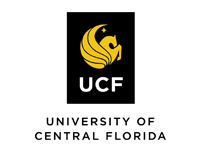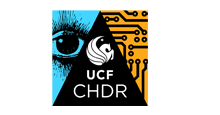Article Title
Abstract
Disney: A company with media and experiences that are studied over and over again, almost exhaustively. However, there is good reason that this company, recognized by its emblematic castle, is studied so intensely. No other company has prolifically created such successful experiences across platforms and settled so comfortably in audiences’ hearts, making so many of them feel special. This paper explores why and how Disney creates this impact through examining Disney’s transmedia world building techniques through the lens of the psychological schema theory. The theory explains the way humans process information, empathize and learn from experiences which are not their own and make mental plans which lead to action. It also investigates the power of immersion and empathy in narratives psychologically, with the neurological processes, and explains the relationship between the lessons imbibed through the narrative that Disney creates and the real world beliefs and actions. The study argues that Disney is able to empower people through the creation of a coherent world with consistent moral values and recurring relatable themes such as overcoming obstacles, valuing relationships and achieving dreams. The ‘fictional truth’ of Disney narratives has real implications because these themes and values which are present in everyday life help the audience create predictable mental maps that they are even able to utilize in reality. Moreover, the theme parks act as an opportunity to visit a world which audiences are familiar with and have explored through a variety of media windows, giving the illusion that the outside world is profoundly connected with the internal Disney world. These experiences are united by the ubiquitous Disney castle, which acts as a trigger to contextualize themselves in a Disney narrative, even in the real world.
Creative Commons License

This work is licensed under a Creative Commons Attribution-NonCommercial-No Derivative Works 4.0 International License.
Recommended Citation
Dalmia, Anahita
(2018)
"Disney: Castles, kingdoms and (no) common man,"
Journal of Themed Experience and Attractions Studies: Vol. 1:
Iss.
1, Article 10.
Available at:
https://stars.library.ucf.edu/jteas/vol1/iss1/10
Included in
Environmental Design Commons, Interactive Arts Commons, Theatre and Performance Studies Commons




